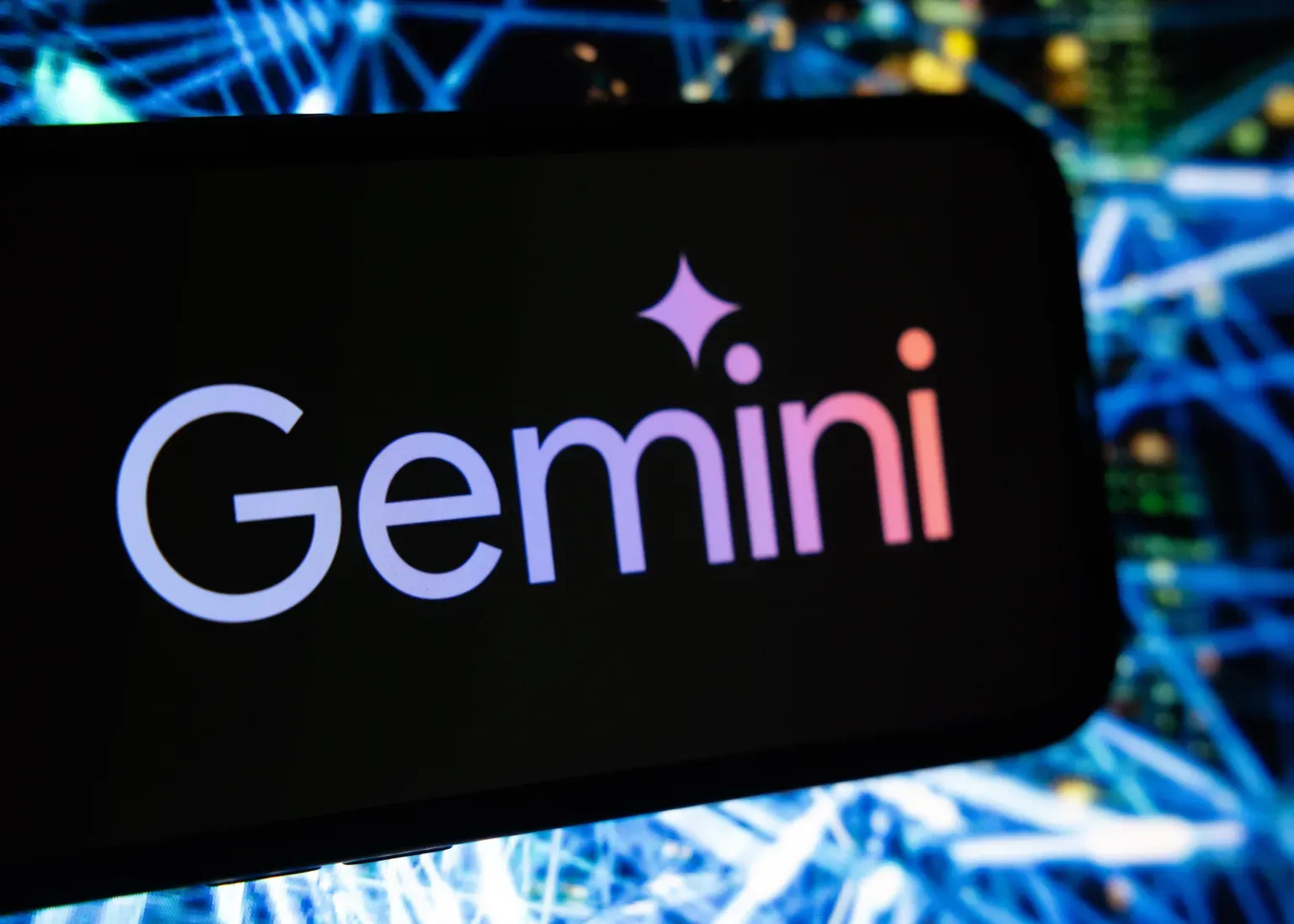What is Google Veo 3 and Who Can Use It?
Google’s latest innovation in generative AI, Veo 3 video generation model, has officially gone global. Launched as part of its AI Pro plan within the Gemini ecosystem, this advanced model is now accessible to users in over 159 countries. Google Veo 3 allows you to generate short-form videos—up to 8 seconds—simply by entering text prompts. If you're looking to experiment with AI-generated video content, Veo 3 is Google’s most powerful option to date, though it comes with a few limitations. It’s only available to paying subscribers and capped at three video generations per day. This tool has already gained traction among creators, marketers, and AI enthusiasts eager to explore creative storytelling without needing complex editing tools. For those wondering if Google Veo 3 is worth the subscription, early feedback suggests that it's a game-changer in short-form video content creation.
Image Credits:Andrey Rudakov/Bloomberg / Getty Images
Features and Limitations of Google Veo 3 Video Generation
Google Veo 3 doesn’t just generate random video clips—it’s designed to interpret natural language prompts and turn them into coherent, visually striking scenes. Think of it as a text-to-video translator with cinematic flair. Currently, Veo 3 supports up to 8-second videos per prompt, which makes it ideal for teasers, social media clips, or fast-paced marketing assets. However, there’s a limit: users are restricted to only three video generations per day. This cap has sparked debate among AI developers and creators who want to use Veo 3 more extensively. Moreover, Veo 3 is exclusively available through Google’s AI Pro plan—there’s no free tier for casual users. Despite these limitations, Google has promised enhancements in the near future, including image-to-video capabilities. This upcoming feature would allow users to turn static images into dynamic motion clips, opening up an entirely new avenue for AI-powered creativity.
Why Veo 3 Matters in the Future of AI Video Creation
The introduction of the Veo 3 video generation model signals Google’s serious commitment to AI-powered creativity tools. Competing directly with models from OpenAI (like Sora) and Runway, Veo 3 positions itself as a premium, precision-driven option for short video production. Its wide availability across 159 countries reflects Google's intention to dominate the AI video generation space. For digital marketers, content creators, and visual storytellers, Veo 3 offers a powerful tool to create unique videos from scratch with minimal effort. Google’s Josh Woodward recently confirmed that the company is working to introduce more advanced capabilities, including frame consistency, better scene transitions, and visual fidelity. These improvements are expected to boost Veo’s usability in professional-grade content development. The seamless integration with Gemini further enhances the user experience by combining video generation with Google’s suite of AI tools in one unified platform.
How to Get Started with Google Veo 3 Video Generation Model
Getting access to Google Veo 3 is straightforward—but it’s not free. First, you’ll need to subscribe to Google’s AI Pro plan within the Gemini platform. Once subscribed, you can begin using Veo 3 to generate three videos per day using simple text prompts. For instance, typing “a surfer riding a giant wave during sunset” can generate a vivid 8-second clip matching that description. The model processes these inputs in seconds and outputs cinematic visuals that would otherwise require extensive manual editing or animation. Google has ensured the tool is user-friendly, even for those with no background in video production or editing. As Veo 3 evolves, you can expect better resolution, more prompt complexity, and added features like multi-scene rendering. Until then, it stands as a strong step forward in making AI video generation widely accessible and incredibly efficient for paid Gemini users.


